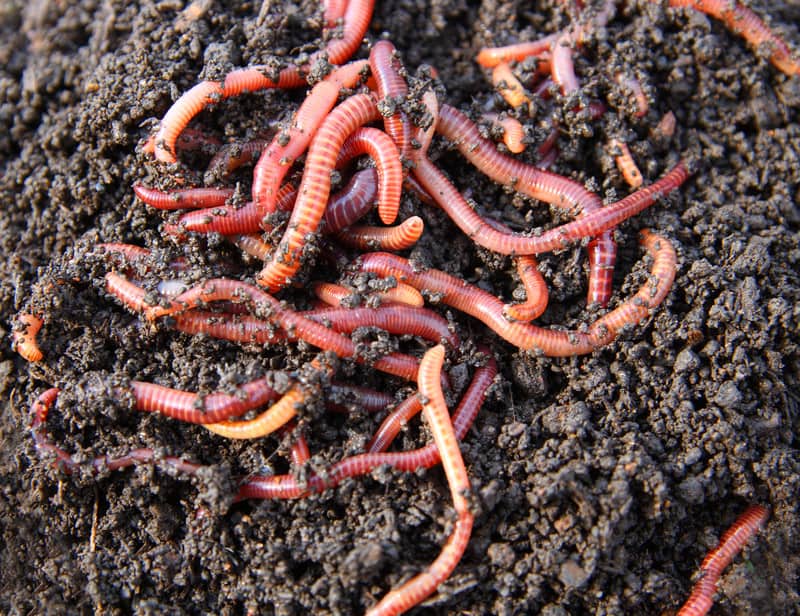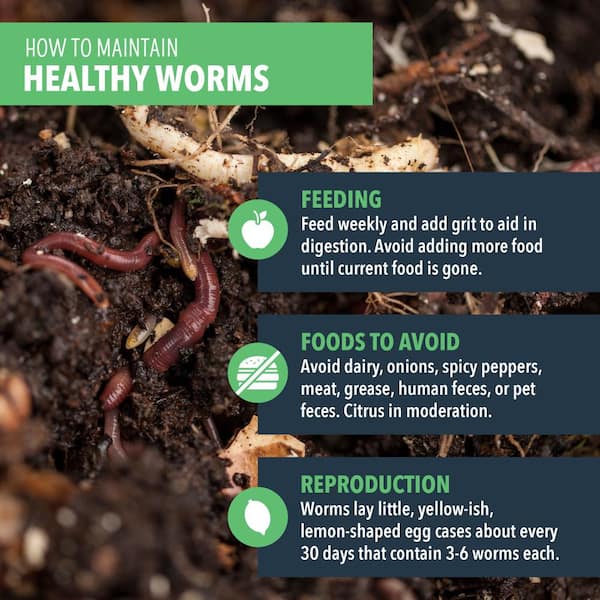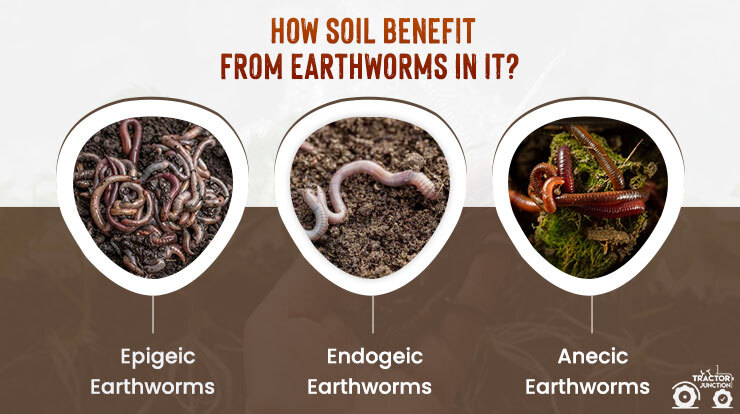North Carolina Worms - Truths
North Carolina Worms - Truths
Blog Article
The Greatest Guide To North Carolina Worms
Table of ContentsSome Known Questions About North Carolina Worms.The Best Guide To North Carolina WormsNot known Details About North Carolina Worms A Biased View of North Carolina Worms
Instance: 1-gallon of worm castings to 4 gallons of potting mix. Do NOT utilize a potting mix that has chemical plant foods in it. Check out the labelit will certainly say. 1/2 mug in all-time low of the planting opening for smaller plants. 1 mug for bigger plants. ie. tomatoes, eco-friendly peppers, summer squash, and so forth.
The enhancement of tea can additionally include enhanced microbial biomass to your soil. You can constantly side-dress your plants with worm spreadings at any moment. Just bear in mind, the bacteria will pass away if subjected to UV rays (Sunlight), so be certain to cover the castings with an inch approximately of soil.
This frustrated them for years till the testing approaches became better. It would certainly obtain much better(with even more castings), level off, and after that decline. As well several worm castings would accelerate the growth to a speed that the plant could not recover from.
The 3-Minute Rule for North Carolina Worms
I have clarified the merits of worm spreadings for concerning 2000 words. Worm spreadings are no different. It takes time to produce high quality worm castings.
You can purchase them which leads to number two. Worm spreadings certainly cost even more than chemical fertilizers. Worm castings are on the more affordable end of organic plant foods. You will have to choose what is more crucial. It is easy to generate percentages of worm spreadings. (50 gallons per year) It is a much more challenging and really pricey investment to produce large quantities of worm castings (Lake Hickory Bait).

Developing a healthy dirt may be the best benefit of worm spreadings. We talked about worm castings NPK and also the appropriate nutrient analysis that must apply to worm castings.
The Ultimate Guide To North Carolina Worms
We talked about some of the drawbacks connected with worm castings. I covered a great deal of material in this post.
The upright burrows are normally open, although the worms cover the leading with deposit and waste matter. Origins require oxygen for their development, whereas they produce carbon dioxide that requires to leave the soil.
Earthworms increase porosity by 2 mechanisms: (1) by developing permanent burrows, and (2) by boosting dirt aggregation. Gathering is boosted by the blending of dirt and organic issue in the earthworms' intestines. Lake Rhodhiss Bait. These highly secure accumulations are deposited by some earthworms in their burrows, and by others at the surface area of the dirt


In another research study, earthworms were approximated to eat 4 to 10 percent of the top 6 inches of the soil yearly. This only goes to show the massive quantities of dirt that can be refined by earthworms. Dirt compaction reduces the porosity of the soil. Because earthworms enhance porosity, they minimize the results of compaction.
Some Known Factual Statements About North Carolina Worms
Regular earthworm populaces can quickly take in 2 lots of dry issue per acre each year, partly digesting and blending it with dirt. The significance of earthworms to mix surface area deposit with soil becomes really clear in soils that do not have any earthworms. The majority of our Pennsylvania dirts have at the very least some earthworms, and the impact of their complete lack, as a result, can not be noted.
(https://1directory.org/gosearch.php?q=http%3A%2F%2Fwww.northcarolinaworms.com%2F)In these soils, the formation of topsoil with sensible natural issue material did not take area, causing inadequate plant development. As soon as the reason was developed, the federal government of the Netherlands began a project to introduce earthworms. After the introduction of the earthworms, a dark topsoil layer was developed, and crop growth enhanced significantly.
They live primarily from partly decayed natural matter that is currently included in the dirt. These species consume huge amounts of soil that they blend with digested crop deposit in their digestive tracts.
Their burrows stay open, although they cap the leading with crop residue that they draw to the entryway. These species consume considerable amounts of soil that they combine with absorbed residue in their intestines. Their waste matter is mainly transferred at the surface area of the soil. The nightcrawler Lumbricus terrestris is one of the most popular participant of this team.
Report this page